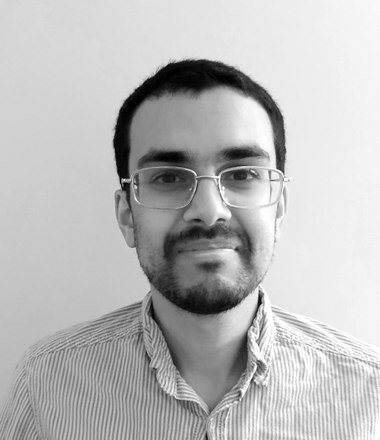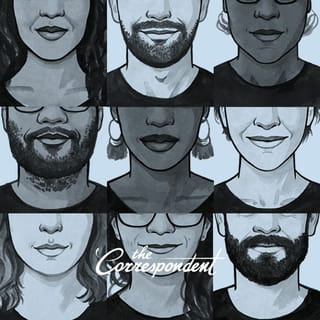
Almost US$6.5bn was spent on presidential and congressional campaigns during the 2016 US elections. Contrary to the idea that the party faithful fund their preferred candidate, some of the largest donors during that election cycle were a small handful of billionaires.
Republican casino magnate Sheldon Adelson and his wife spent as much as $82m – eclipsed only by Tom Steyer, a Democratic billionaire who spent $90m.
Paul Perry runs for Congress Along with this story, we’ve published a first-hand account from Unrig: How To Fix Our Broken Democracy, a non-fiction graphic novel by Daniel G Newman, that shows the relationship between wealth and democracy in the United States, and explains how the system pushes the best fundraisers to the top, not the best leaders.Eliza Anyangwe, managing editor
Steyer later went on to self-fund a 2020 presidential campaign, pouring $342m into his own bid; former New York City mayor Michael Bloomberg spent even more, putting as much as $1bn into his own doomed bid for the Democratic Party’s 2020 presidential nomination.
Though neither Steyer nor Bloomberg were successful in their quest for the top job, the amount of money at their disposal enabled them to be competitive candidates, while others were forced to drop out not for the lack of ambition or vision but for lack of funds.
In the 2020 election, meanwhile, experts estimate that as much as $10.8bn will be spent, marking a new record in spending. “The 2018 election smashed fundraising records for midterms, and 2020 is going to absolutely crush anything we’ve ever seen – or imagined – before,” Sheila Krumholz, executive director of the Center for Responsive Politics, told CNBC. “This is already the most expensive presidential election in history and there are still months of election spending to account for. The unanswered question is whether this will be the new normal for future elections.”
Ameya Pawar understands the outsize role money plays in US politics. In 2018, Pawar, the son of Indian-American immigrants, dropped out of the race to be governor of Illinois, explaining in a letter to his supporters that he did not have the “extraordinary wealth or extraordinarily wealthy connections” of his competitors. It’s easy to take that at face value, until I tell you that Pawar himself raised more than $800,000. But Pawar was up against billionaires in what ended up being the most expensive statewide race in US history.
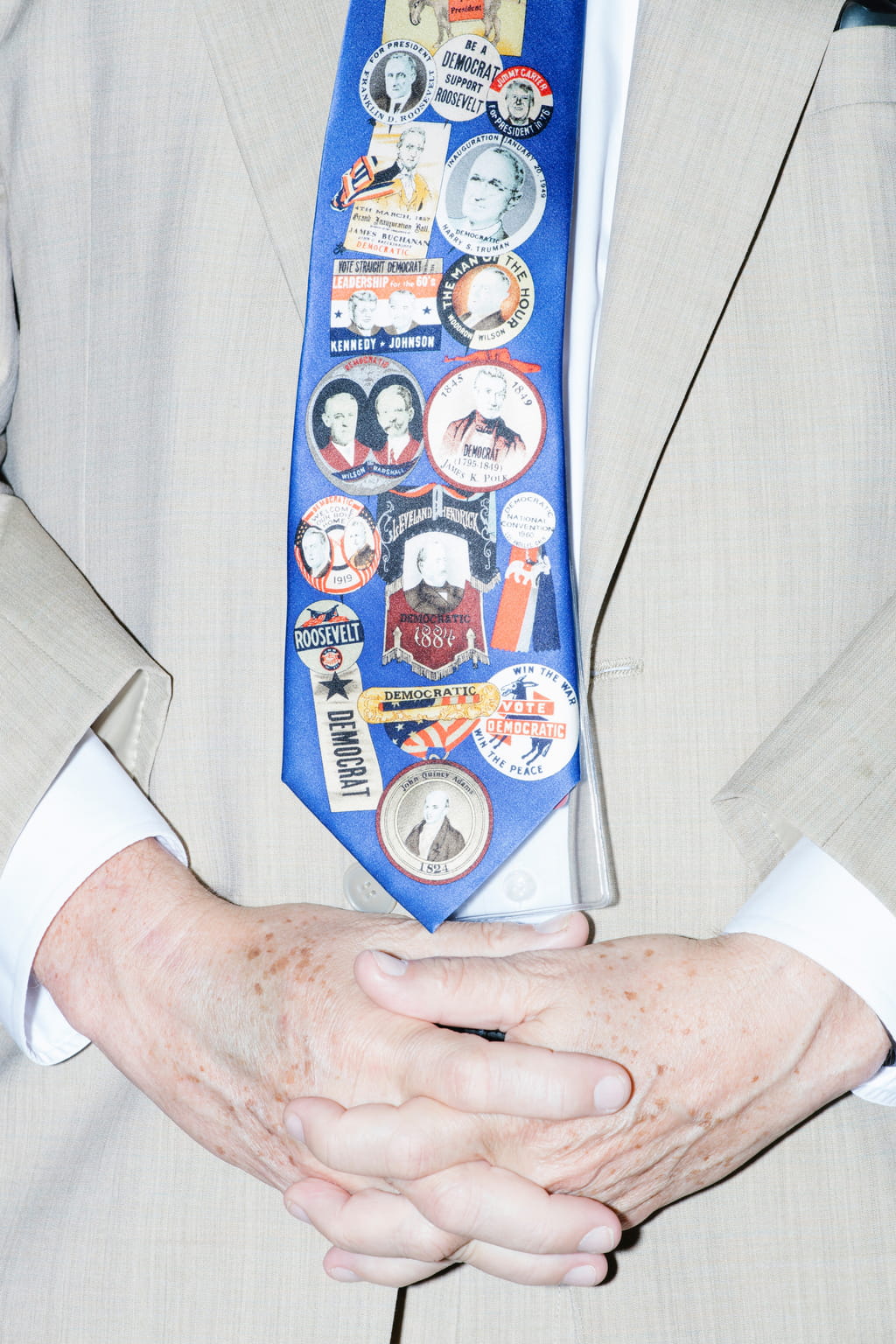

Dialling for dollars
Electioneering in the modern US is about deep pockets, and so members of congress spend an inordinate amount of time fundraising, instead of meeting with their constituents, reviewing policy options, or doing oversight.
One leaked presentation revealed that a Democratic campaign committee suggested to freshman legislators that they spend four hours a day doing “call time” – that is, calling potential donors to raise money. In contrast, the schedule advises these new politicians to spend just one hour or two visiting their constituents.
“I could give you names of people who’ve said, ‘You know, I’d like to go to Washington and help fix problems, but I don’t want to go to Washington and become a mid-level telemarketer,” former Minnesota Democratic congressman Rick Nolan said in 2016. Nolan told CBS News that “both parties have told newly elected members of the Congress that they should spend 30 hours a week in the Republican and Democratic call centres across the street from the Congress, dialling for dollars”.
Beyond the billionaire class, only a tiny sliver of US Americans give the lion’s share of political money. Most Americans don’t give to campaigns – just 0.52% of the American population gave a donation of over $200 during the 2016 presidential election.
The sums of cash involved and the small percentage of contributors raise questions about exactly how much influence donors have on the political process. If you’re reliant on a small group of wealthy people to get in office and stay there, you’re probably pliable to their opinions.
New research, published in April 2020, looks at how the views of donors differ from those of the voters who form the base of the two major US political parties.
Its authors, UC Berkeley political scientist David Broockman and Stanford University researcher Neil Malhotra, used an original sample of 1,152 partisan donors – that is, donors who give to only one of the two major parties – and compared it to surveys of partisan voters from both major parties. Collectively, the respondents to their survey have contributed $17.2m to campaigns since 2008.
Broockman and Malhotra discovered that on many major issues, the position of donors stood in stark contrast to that of the voters.

For instance, Democratic donors were considerably more socially liberal than Democratic voters on issues such as abortion, where donors favoured more expansive abortion rights and less restrictions on the practice.
On the other hand, on a wide range of economic issues, Republican voters were considerably more in favour of government aid to the poor, higher taxes on the wealthy, and government support for universal healthcare than Republican donors.
Here’s what that looks like in practice: in the spring of 2014, the US Senate – Congress’s upper legislative body – blocked an increase in the minimum wage to $10.10 an hour, with all but one Senate Republican uniting to vote against the bill. However, polling done around the same time revealed that 42% of self-identified Republicans wanted to see the minimum wage increased to that rate.
Staying with the Republican party, the same trend is noticeable on an issue that might surprise you: gun control. When you poll Republican voters, most support universal background checks for gun purchases, a reform that Republican lawmakers have actively blocked in Congress. Broockman and Malhotra’s study did find that Republican donors tended to be much more right wing on gun control issues than Republican voters.
It seems on issues where the American people may very well want the same thing across party lines, their own elected representatives are standing in the way of consensus, siding instead with the elite. “It likely exacerbates polarisation,” Malhotra told me. “Look at how far apart the donors are on the issues.”
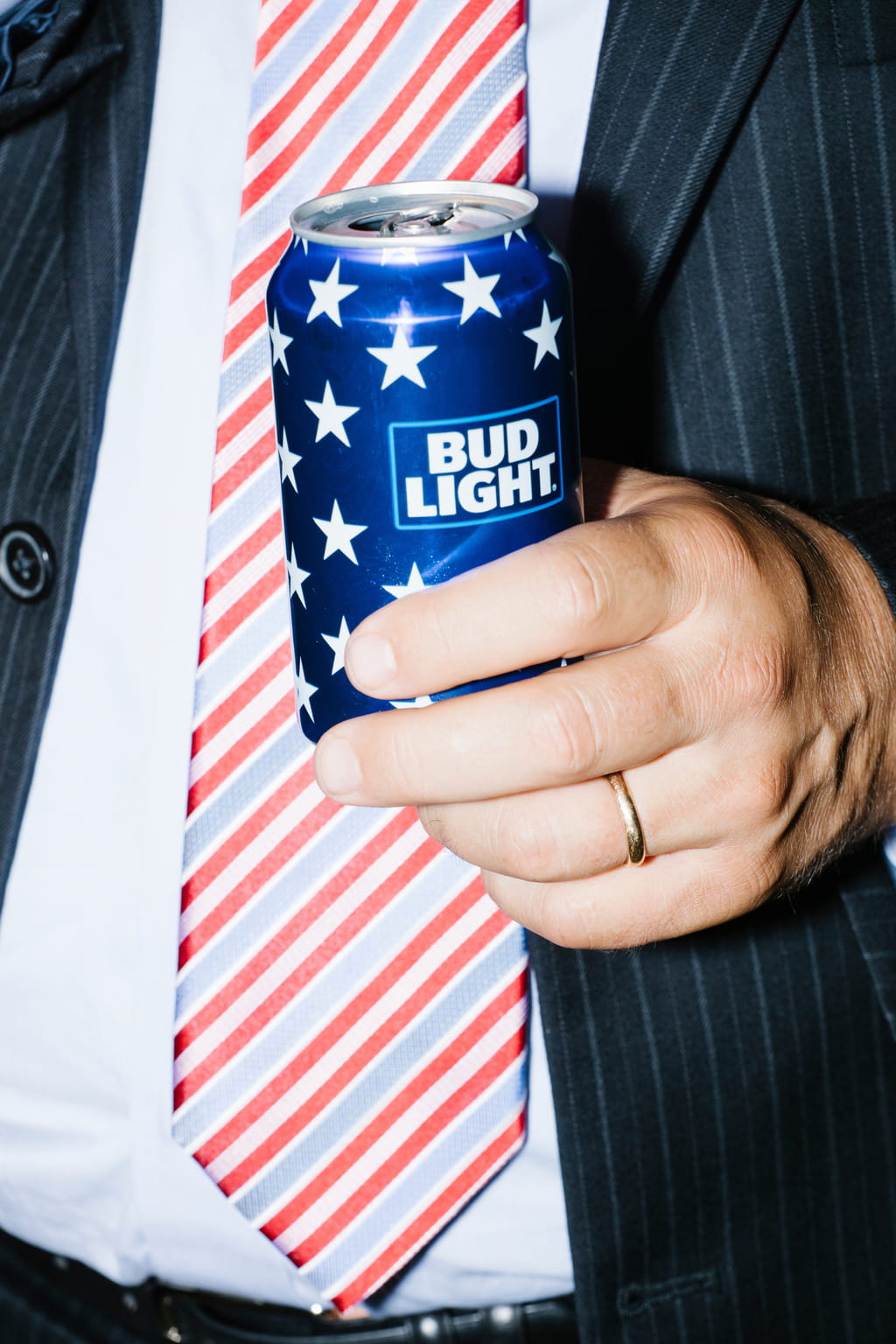
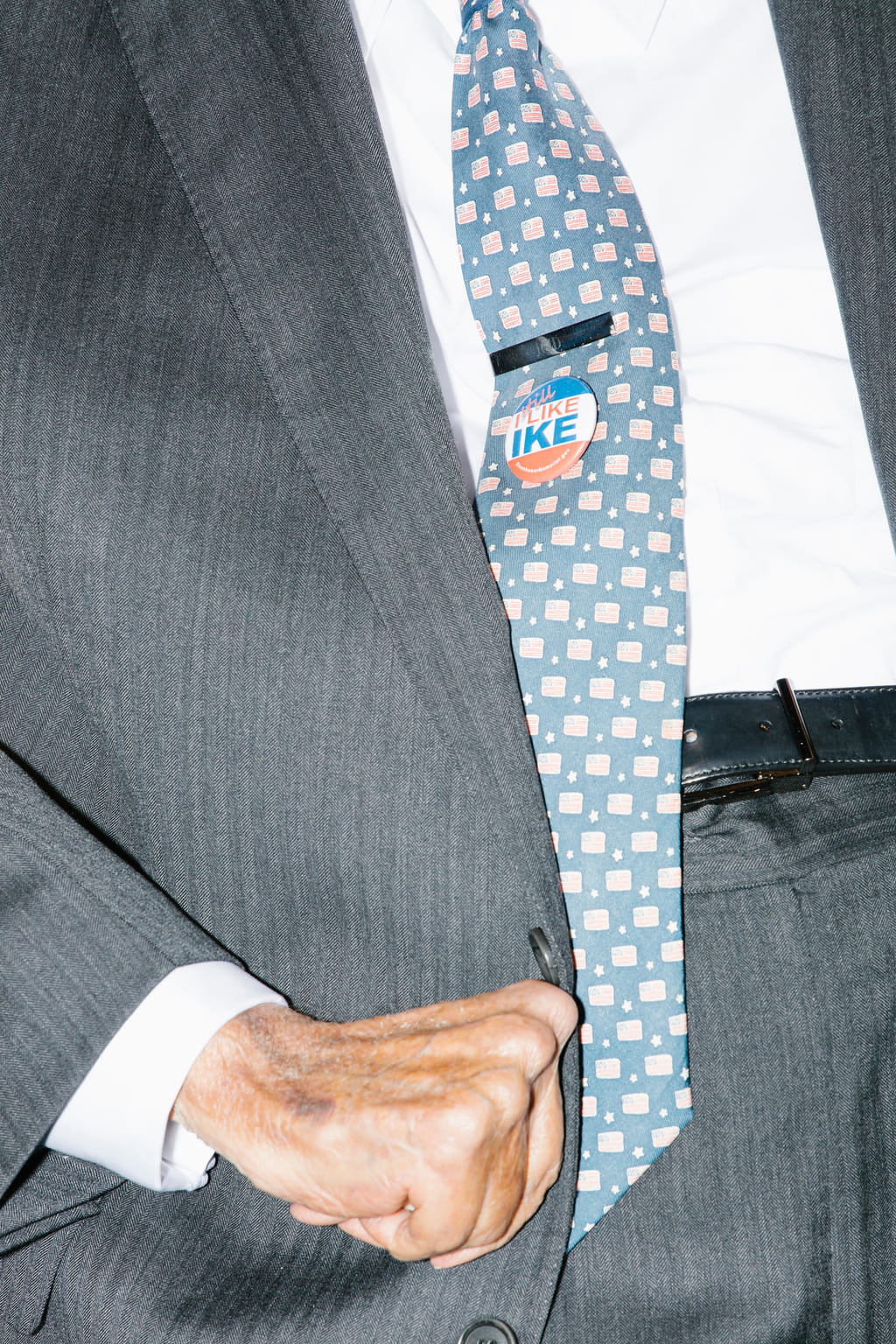
Seattle’s democracy voucher experiment
The Broockman and Malhotra study does not prove that donors are the only reason political parties are unresponsive to American voters. The machinations of politics are driven by many different factors, such as the role of the news media, well-organised activist constituencies who petition their members of Congress, and the ideology of individual lawmakers – money is just one of them.
But the study does offer some insight into one possible explanation for why so many policies that see public support never make it into law. That raises another obvious question: what can we do about it?
One possible answer is to make politics less dependent on donors. Around the world, many countries have imposed limits on both the amount of money that private actors can contribute to politicians and how much politicians can spend on their own campaigns. In the United States, efforts to curb spending by large donors have been curtailed by Supreme Court decisions that have equated campaign spending with free speech, making it more difficult to impose direct limits on donors without amending the Constitution itself – a long and arduous process.
However, some localities have designed their own ways to empower average citizens in the face of wealthy donors. In November 2015, voters passed an initiative called “Honest Elections Seattle” that sought to change the way elections were done in the city.
One of the reforms that came out of this initiative was the establishment of the city’s “democracy voucher” programme: using revenue generated from a property tax, the city distributes four $25 vouchers which residents then use to support eligible candidates in the municipal elections.
While by no means comparable to the sums that the wealthiest political donors give, the programme made it possible for residents of modest means to have a voice even before the ballot box – but it also gave a fighting chance to candidates who might have more grassroots support than deep pockets.
“I felt like a bigwig that usually donates all the time,” said Gina Owens, a 60-year-old public housing resident. “Being able to contribute to a campaign like that was really awesome ... like Bill Gates!”
In 2018, sociologists Jen Heerwig and Brian McCabe studied the programme and found that it had “dramatically increased the number of Seattle residents participating in the campaign finance system”. They discovered that more than 20,000 residents utilised vouchers to donate to local candidates during the 2017 election, more than double the number of residents who gave their own money.
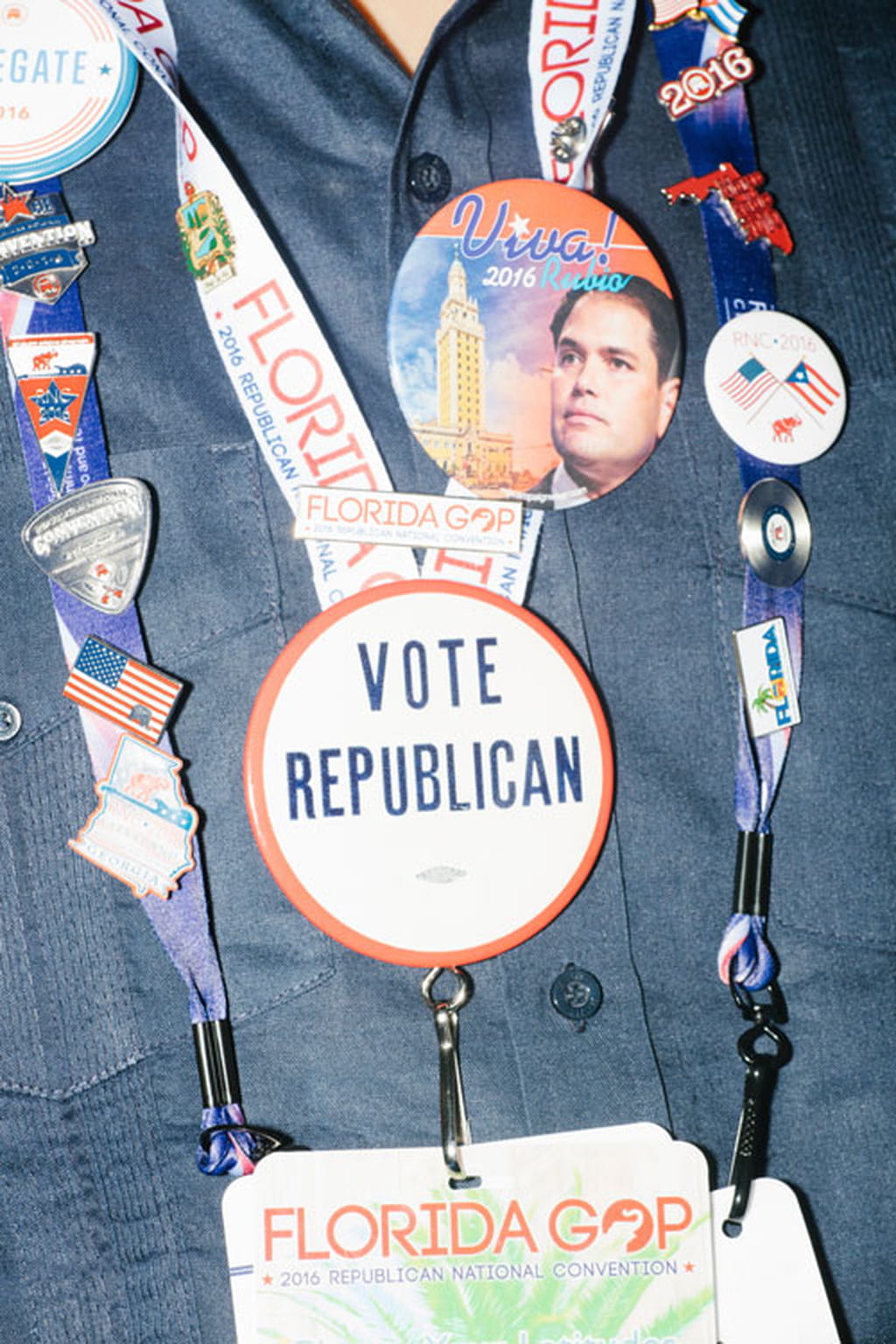
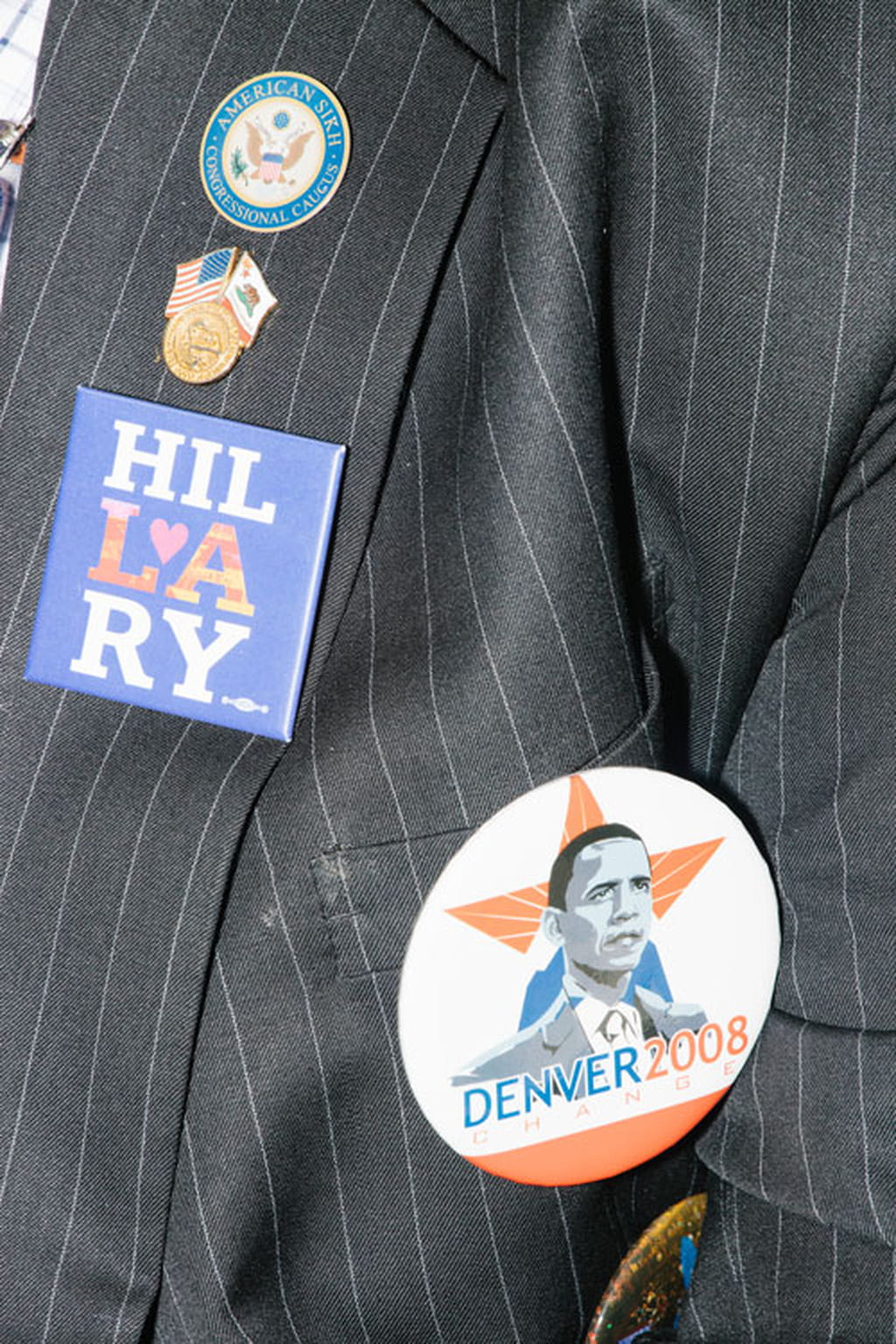
“The programme … didn’t solve the problem of the unrepresentativeness of donors in one cycle but what it did do is make the donor pool in terms of vouchers more representative,” Heerwig told me. “It looked like the programme was actually bringing in folks who were of more moderate income groups which is really exciting for potential policy biases.”
Unfortunately, large spenders have found ways around Seattle’s new public financing system by putting their money into groups and organisations which do not have the same contribution limits that come with donating directly to candidates. For example, during 2019’s municipal election, tech giant Amazon dumped $1.5m into a political action committee – an organisation set up for independent campaign spending – that spent heavily supporting pro-corporate candidates running in local races. In response, some local lawmakers are now trying to cap contributions to these independent expenditure groups.
Despite the positive steps taken to turn the ear of officials once more to their party base and not to the biggest spenders, the ever-increasing cost of running for any kind of public office in the US means that politicians will continue to dial for dollars. Broockman and Malhotra’s work strongly suggests what has long been suspected: that money skews policymaking in favour of the elites, and what the elites want is often far removed from what other citizens want.
Seattle’s experiment with public financing provides us with one possible solution: the government could help redefine what it means to be a campaign donor so that even the poorest among us can contribute. Indeed, during businessman Andrew Yang’s presidential campaign, he proposed such a federal system, calling the idea “Democracy Dollars” basing his proposal on Seattle’s experience. Other federal proposals would have the government match small donor funds with its own funding, helping boost the voice of citizens who give small amounts of money.
It is increasingly clear that the US campaign finance system is in need of radical reform. In this 2020 election, where the stakes are so high, can we afford to let the outcomes for us all be disproportionately determined by the richest people in society?
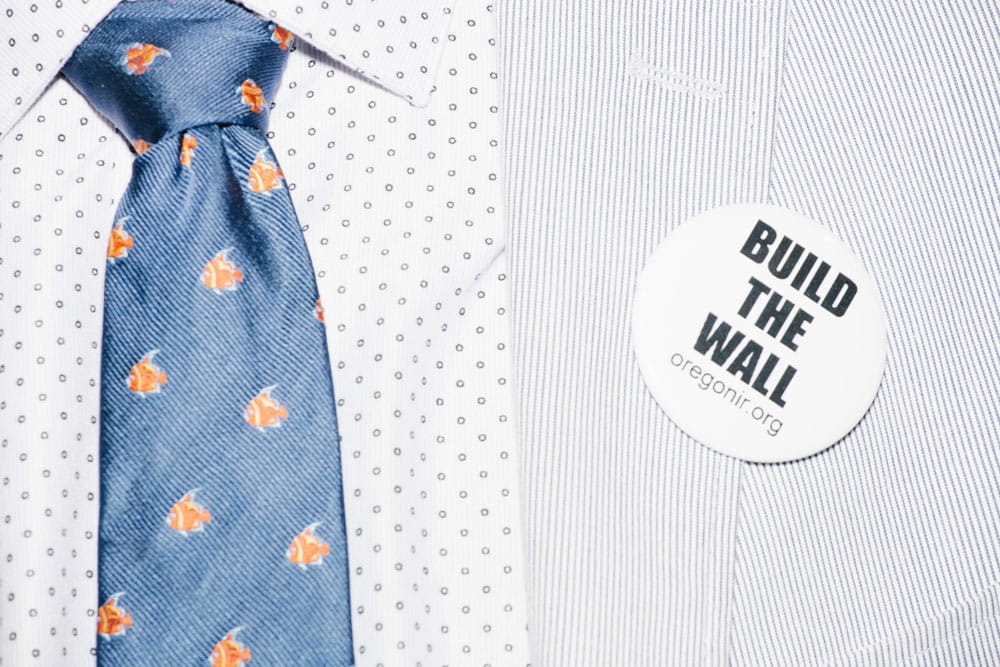 About the images
Starting in July 2015, photographer M. Scott Brauer followed Republican and Democratic presidential candidates during their campaigns. From meet-and-greets in public libraries to brewery tours to balloon festivals to gun stores to small town diners to function halls to community centers to university auditoriums. The images with this article were taken during the conventions, during which only a number of invited delegates are present. (Isabelle van Hemert, image editor)
About the images
Starting in July 2015, photographer M. Scott Brauer followed Republican and Democratic presidential candidates during their campaigns. From meet-and-greets in public libraries to brewery tours to balloon festivals to gun stores to small town diners to function halls to community centers to university auditoriums. The images with this article were taken during the conventions, during which only a number of invited delegates are present. (Isabelle van Hemert, image editor)
More from our billionaires series
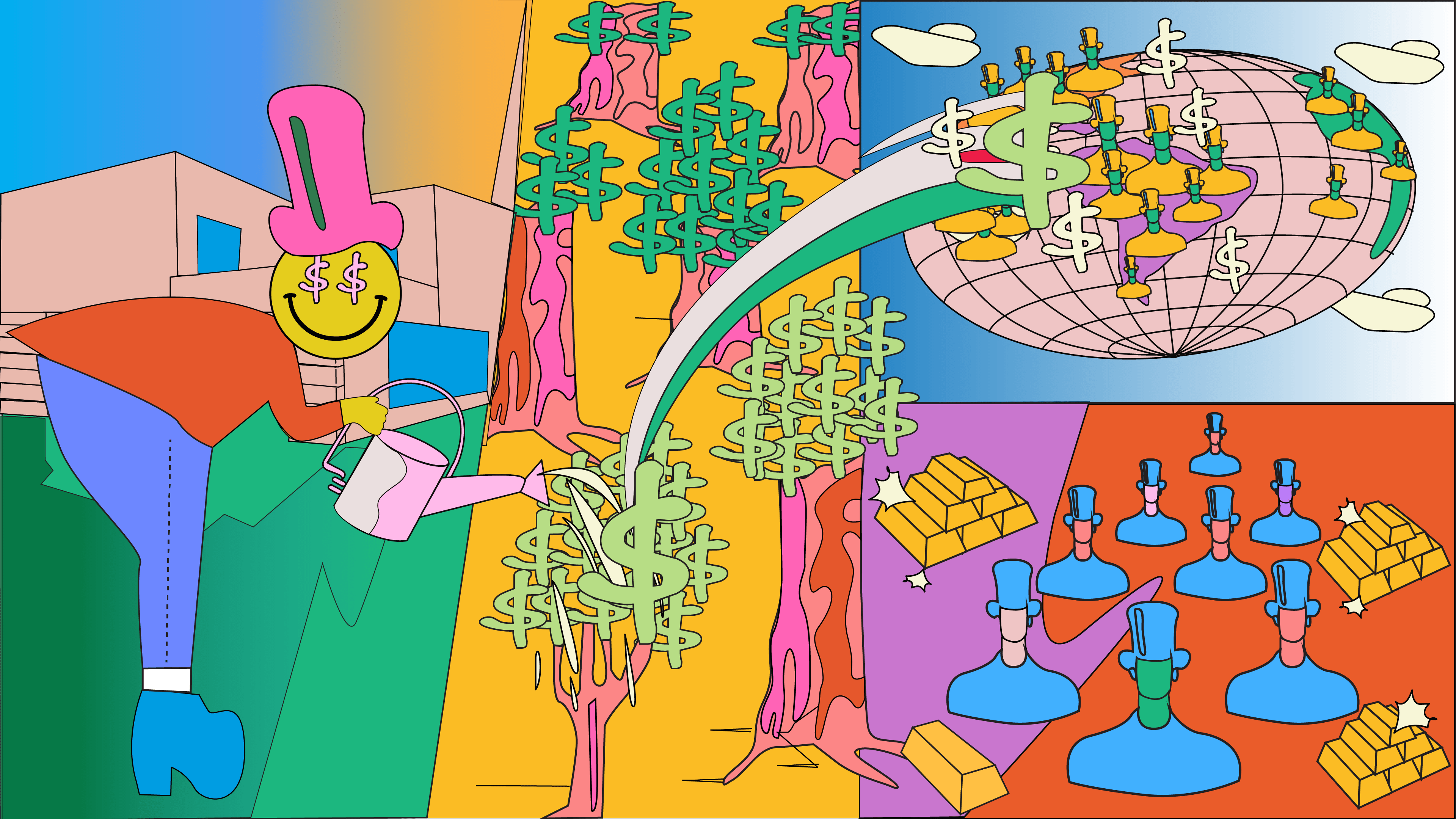 There’s no such thing as a self-made billionaire
For all their talent or intelligence, a person stranded on a desert island with no technology, infrastructure or labour wouldn’t be able to amass extreme wealth. Understanding that no one can claim that they fully deserve what they earn is the first step to addressing wealth inequality.
There’s no such thing as a self-made billionaire
For all their talent or intelligence, a person stranded on a desert island with no technology, infrastructure or labour wouldn’t be able to amass extreme wealth. Understanding that no one can claim that they fully deserve what they earn is the first step to addressing wealth inequality.
 Why we can’t have billionaires and ecological stability
Ecological breakdown isn’t being caused by everyone equally. If we are going to survive the 21st century, we need to distribute income and wealth more fairly.
Why we can’t have billionaires and ecological stability
Ecological breakdown isn’t being caused by everyone equally. If we are going to survive the 21st century, we need to distribute income and wealth more fairly.

